We visited Lela beach on Solomon Island, where the locals live a traditional lifestyle. People there are welcoming and generous to a fault – we ended up staying with one family who invited us into their home and shared their food with us. Their main diet consists of taro, sweet potatoes, and bananas, with coconut water to drink.”
It’s safe to say that the Solomon Islands are not for everyone. The islands are beautiful, unspoiled, and incredibly remote – so remote in fact that there are no roads or towns: just villages scattered around the coastline. There’s only one way to get from place to place here – by boat!
The Solomon Islands are beautiful, unspoiled, and incredibly remote.
The Solomon Islands are a cluster of islands in the South Pacific, with only one major international airport (on Guadalcanal). The main islands include Guadalcanal, Malaita, Makira, Rennell and Bellona.
The Solomon Islands’ tropical rainforests are rich in biodiversity and home to many species that have been lost elsewhere in the world. You can find ancient species like giant tortoises as well as birds-of-paradise and other animals whose significance is often overlooked by visitors who come from places where these creatures are more common. One of famous beaches is Mbonege Beach
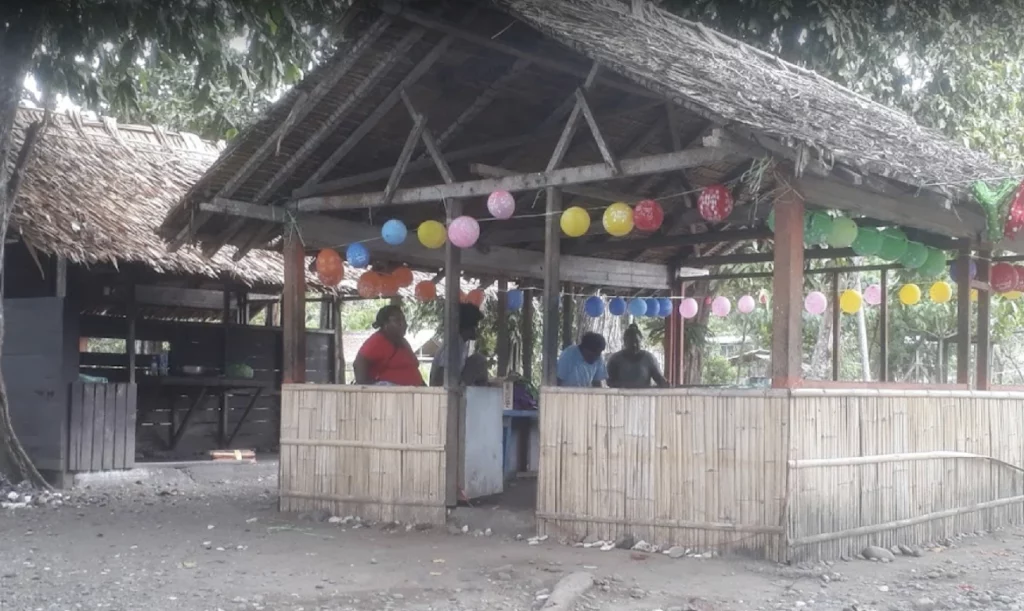
FAQ
When is the best time to visit?
Lela Beach is open all year, but we’d like to suggest that you come between late-April and October. This is when you can expect clear skies, calm seas and warm temperatures.
How do I get there?
You’ll want to fly into Honiara International Airport, which is located approximately 60km from Lela Beach Resort. If you’re flying with Air Pacific, they offer regular flights from Fiji and Nadi International Airport in Fiji’s capital city of Suva.
How do I get around once there?
There are many tour agencies on the island who offer transportation options including taxis and buses. We recommend hiring a private car upon arrival so that you can explore more freely without having to worry about getting lost or missing out on anything important!
If you’re looking for something more adventurous (and budget-friendly), why not rent a bicycle or scooter at one of the local shops in town! It makes for an excellent way to see some amazing sights while saving money at the same time!
Pros & Cons of Lela beach
Pros
- The Solomon Islands are beautiful, unspoiled, and incredibly remote. If you’re looking for a place with world-class scuba diving, snorkeling and surfing; pristine beaches; friendly people; wildlife like whales and dolphins; hiking trails through dense jungle or along volcanic cliffs—all combined with the opportunity to experience genuine Melanesian culture—this is it! There’s no doubt that this island nation has earned its reputation as one of the best kept secrets in the South Pacific.
- You’ll find unique experiences here that you won’t find anywhere else in the world: from traditional dancing at night on your hotel’s balcony (I highly recommend doing this!), to hiking up Mt Lagaai for views of both sides of Lela beach (you can see above). If you’re into photography then these are also some great spots for taking photos during sunrise or sunset when light conditions aren’t so harsh on your camera lens.”
“Our trip took us to Lela beach on Solomon Island, where the locals live a traditional lifestyle. Their main diet consists of taro, sweet potatoes, and bananas, with coconut water to drink. People there are welcoming and generous to a fault – we ended up staying with one family who invited us into their home and shared their food with us. They were such lovely people!””
— Rostislav Sikora, Author
We visited Lela beach on Solomon Island, where the locals live a traditional lifestyle.
Lela beach, a place that’s hard to find on Google Maps and not very well known by tourists, is a remote village on the north coast of Solomon Islands. The locals live a traditional lifestyle off the land, growing taro and sweet potatoes. They do not have access to electricity or running water. They drink coconut milk every day instead of milk from cows which is imported from New Zealand. The people here are not used to visitors at all so they were very welcoming when we arrived in their village!
People there are welcoming and generous to a fault
When you visit Lela Beach, people will welcome you with open arms and be generous to a fault. We stayed with one family who invited us into their home and shared their food with us. They even shared their culture, stories and land with us!
We were offered a drink of fresh water from their garden and some dried fish. They also wanted us to try their sweet potato which they cooked in the ground. We walked around the village and saw how they live, slept in a hut on the beach and learned about their culture. There is a special bond that exists between the people in Lela Beach and those who visit. We felt like we were part of the family, even though we barely spoke the same language! More info you can get on Google review.
Their main diet consists of taro, sweet potatoes, and bananas, with coconut water to drink.
The main diet consists of taro, sweet potatoes and bananas; a variety of fish such as tuna, flying fish and barracuda; chicken and pork are also available. Coconut water is the best drink to have while you’re there! Same like on Turtle beach.
Water is very important to have while you’re in the Maldives. The water is safe to drink, but still it is recommended that you drink bottled water.
Lela bottle shop
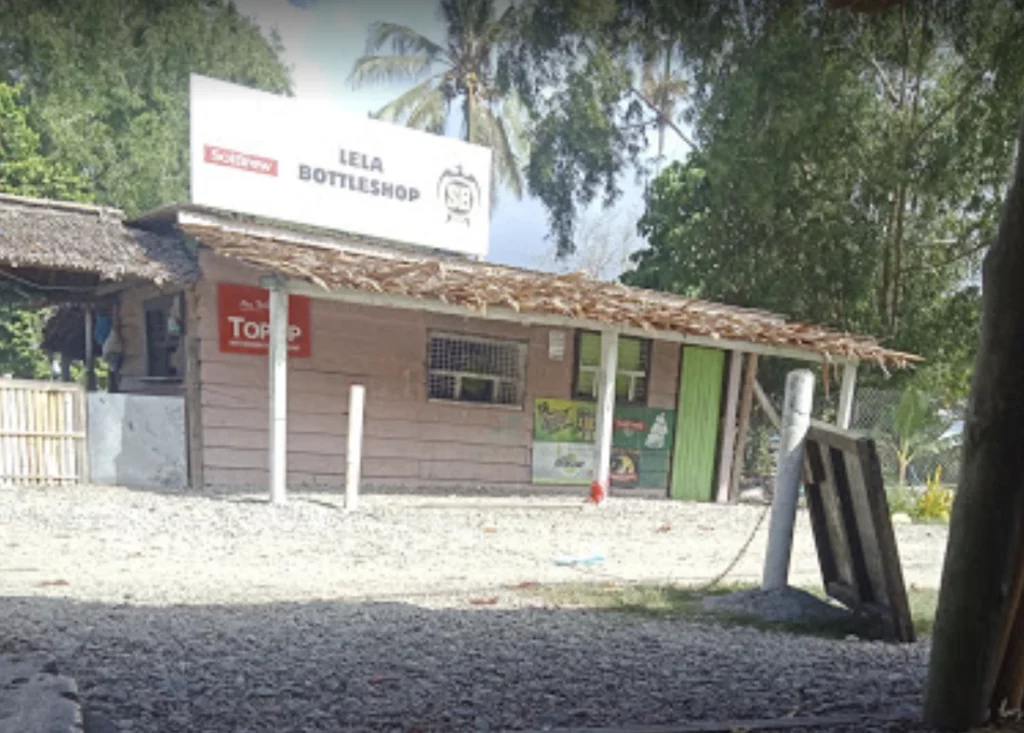
The Lela bottle shop is located in the village next to the beach, and it’s a small shop that sells a variety of drinks and snacks. The owner is very friendly, and he’ll help you find what you need.
You can also buy some snacks and drinks from the local cafes and restaurants, but they are more expensive than what you’ll find at Lela.
We also witnessed their traditional welcome ceremony, which was quite different from other customs in the region. The villagers welcomed us by singing and dancing to traditional music. It was a very warm greeting, and we were happy to be there with them!
The next day, we were able to hike up nearby Mount Kinabalu. This was an incredible experience! Our guide took us on a 7-hour journey through the forests of Borneo and showed us many different species of plants and animals.
Lela Beach is a remote part of the Solomon Islands, and not for everyone. If you want luxury hotels and restaurants, go somewhere else. But if you like the idea of sleeping under a mosquito net on the sand, this is an amazing experience. You have to be self-sufficient; there are no hotels or shops. The only way to get here is by boat from Munda on Malaita Island (the largest island in the archipelago).
The best time to visit is from July to September, when the weather is warm and dry. The rest of the year can be very wet.
Boat wreck at Lela beach
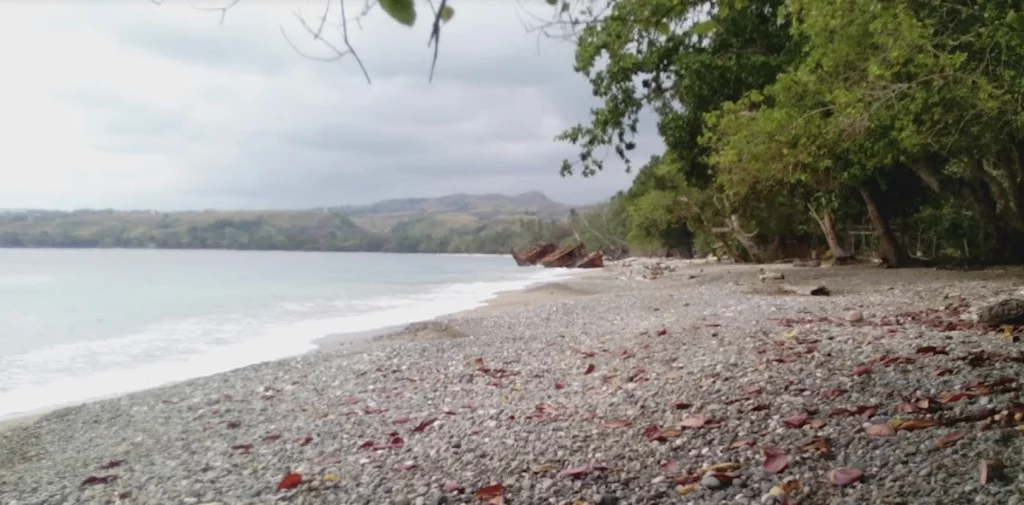
Lela beach is on the island of Malaita, in the Solomon Islands. It’s known for its unique boat wreck and coral reefs. The wreck is a cargo ship that sank in the 1960s, and now it’s home to many fish and corals.
It’s also a popular tourist attraction because you can see wrecks like this all across the Solomon Islands. In fact, there are many places where boats have sunken or been washed ashore by tsunami waves over time!
If you want to get away from it all, the Solomon Islands might be your place.
If you want to get away from it all, the Solomon Islands might be your place. The country is beautiful, unspoiled and incredibly remote. The locals live a traditional lifestyle with limited modern conveniences.
The island chain is made up of over 900 islands and islets in Oceania, with one being the largest in the world. The climate is tropical and warm year round, but there are two seasons: a dry season from May to November and a wet season from December to April.
Conclusion
We loved our time on Lela Beach in the Solomon Islands and we think it is an amazing place to visit. If you are looking for a remote destination, this may be the one for you.
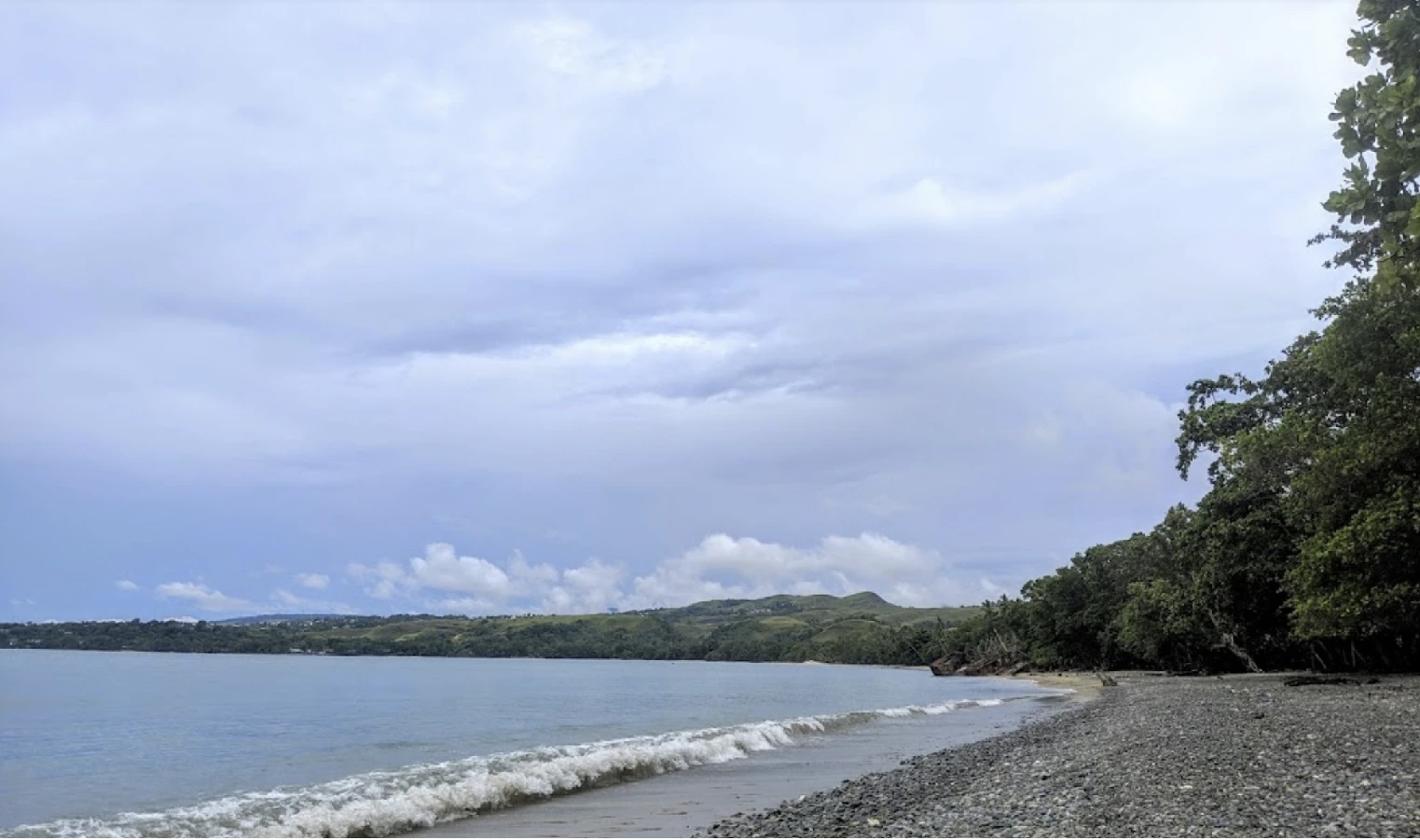

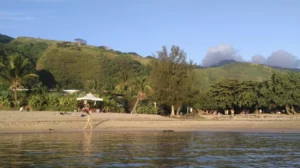
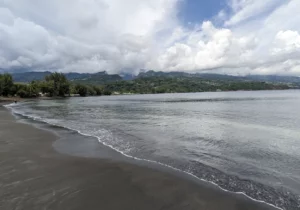
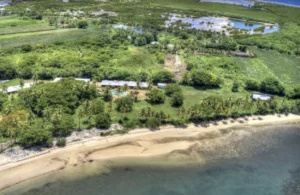
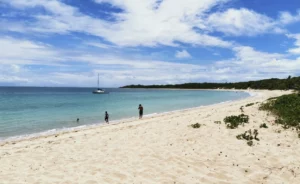
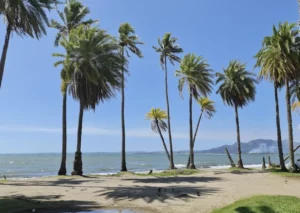
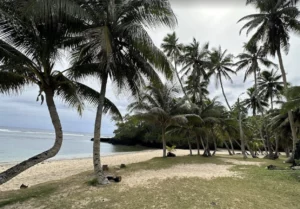
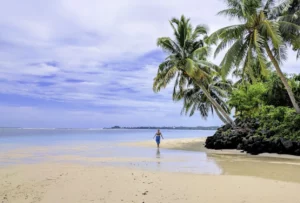

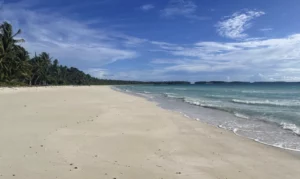
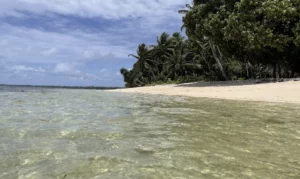

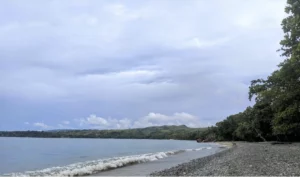
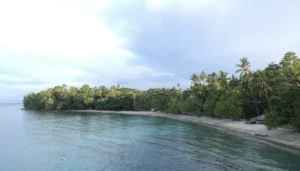
Leave a Reply